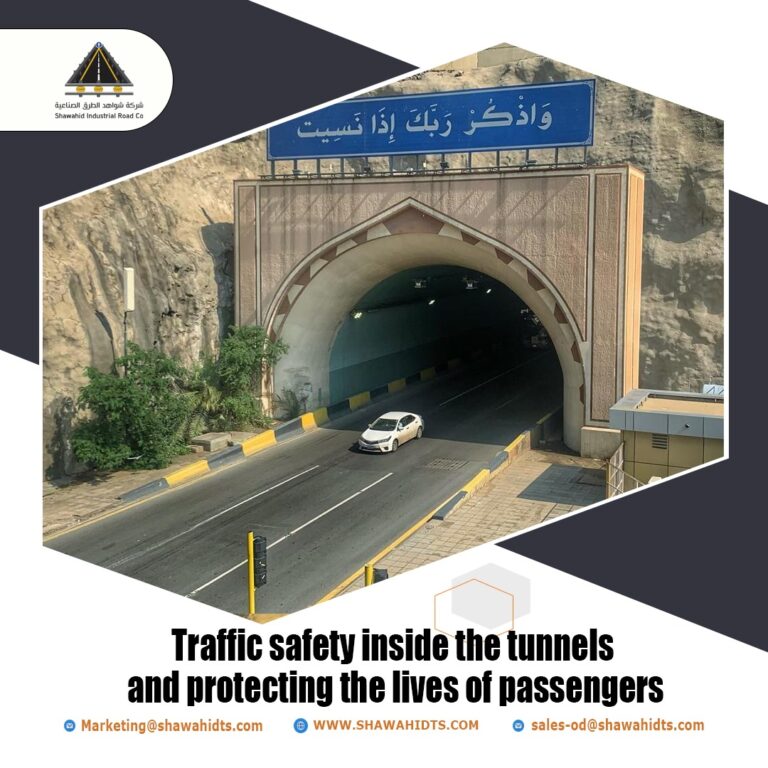Tunnels are an important element of modern road networks, as they facilitate traffic flow and reduce travel times. However, driving inside tunnels requires special measures to ensure traffic safety and prevent accidents.
Tunnels face unique traffic safety challenges, such as lighting, air ventilation, and emergency procedures. These factors require careful planning and regular maintenance to ensure that tunnels are safe for travelers. Tunnels are designed with these factors in mind to ensure the safety of all road users.
The importance of traffic safety systems in tunnels
Tunnels contribute to reducing traffic congestion on surface roads, providing alternative routes in mountainous areas or through densely populated cities. Tunnels also help minimize environmental impact by reducing sound and visual pollution, and because of this importance and also because of their frequent use as we explained because they provide faster paths, accidents in them are extremely dangerous due to the increase in the number of drivers in them and the small area, as they often do not accommodate large areas like regular roads, so traffic safety systems overcome great challenges inside the tunnels.

Traffic Safety Challenges in Tunnels
Lighting
Lighting inside tunnels must be sufficient to ensure good visibility for drivers, especially in long tunnels. Inadequate lighting can lead to accidents due to poor visibility, so shawahid Co. uses the following:
Safety barriers
Because the tunnels are narrow and closed on the sides, it is extremely dangerous to crash into them as they are concrete objects, so Guardrails are installed to mitigate the effects of a collision.
Traffic lights:
play an important role in directing drivers inside the tunnels. must be clear and well-lit to ensure that drivers follow instructions accurately, so shawahid has added sheets of reflective film to these signs

Traffic safety procedures required for tunnels
Regular maintenance:
To ensure that tunnels are safe, regular maintenance of electrical, mechanical, and structural systems is required. This includes checking lighting, ventilation, and emergency devices. We have taken care to manufacture all traffic safety systems in shawahid with high-quality materials and technologies to ensure the longest possible life.
Awareness and training:
Drivers should be aware of how to act in the event of an emergency inside the tunnels, and regular training should be provided for tunnel management personnel.
Traffic control systems:
Intelligent control systems help manage traffic within the tunnels, providing drivers with real-time information about the traffic situation and any changes in conditions. Examples include speed limit signs that work very efficiently in showing the speed limit as well as your current speed to ensure that you do not exceed the required speed and maintain traffic safety.
Proper engineering planning:
Tunnel construction requires careful engineering planning to ensure safety. This includes structural design, drainage, ventilation and lighting systems.

Conclusion
Traffic safety in tunnels is a vital issue that must be carefully considered by the responsible authorities. By implementing proper safety measures, the risk of accidents can be minimized and the lives of travelers can be saved. Efforts must continue to improve tunnel infrastructure and promote public awareness to ensure a safe travel environment for all, and through our vision at shawahid industrial roads we have a great interest in traffic safety systems that can be installed inside tunnels to ensure lighting and endurance as much as possible to keep passengers and vehicles safe, and together we create the future of traffic safety.

